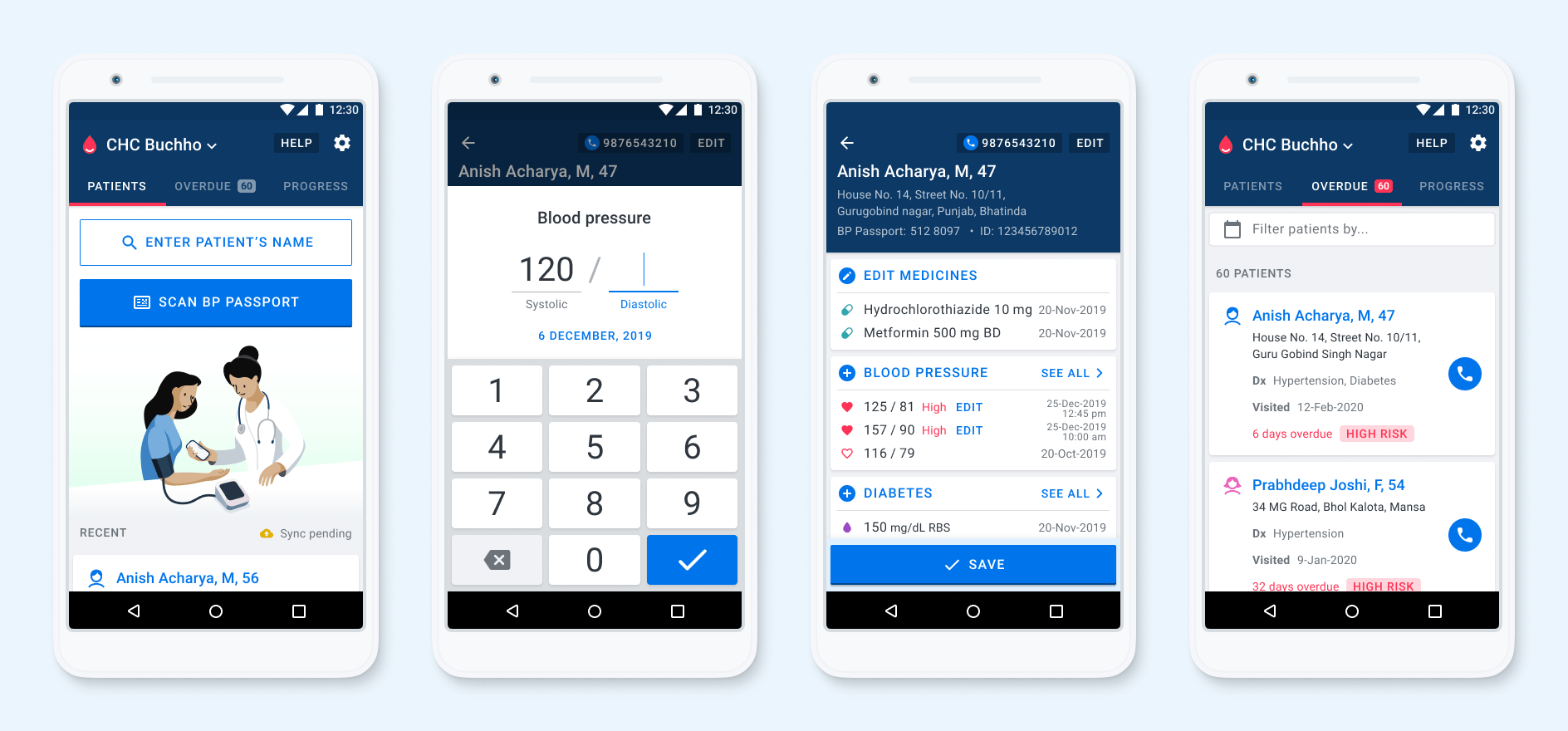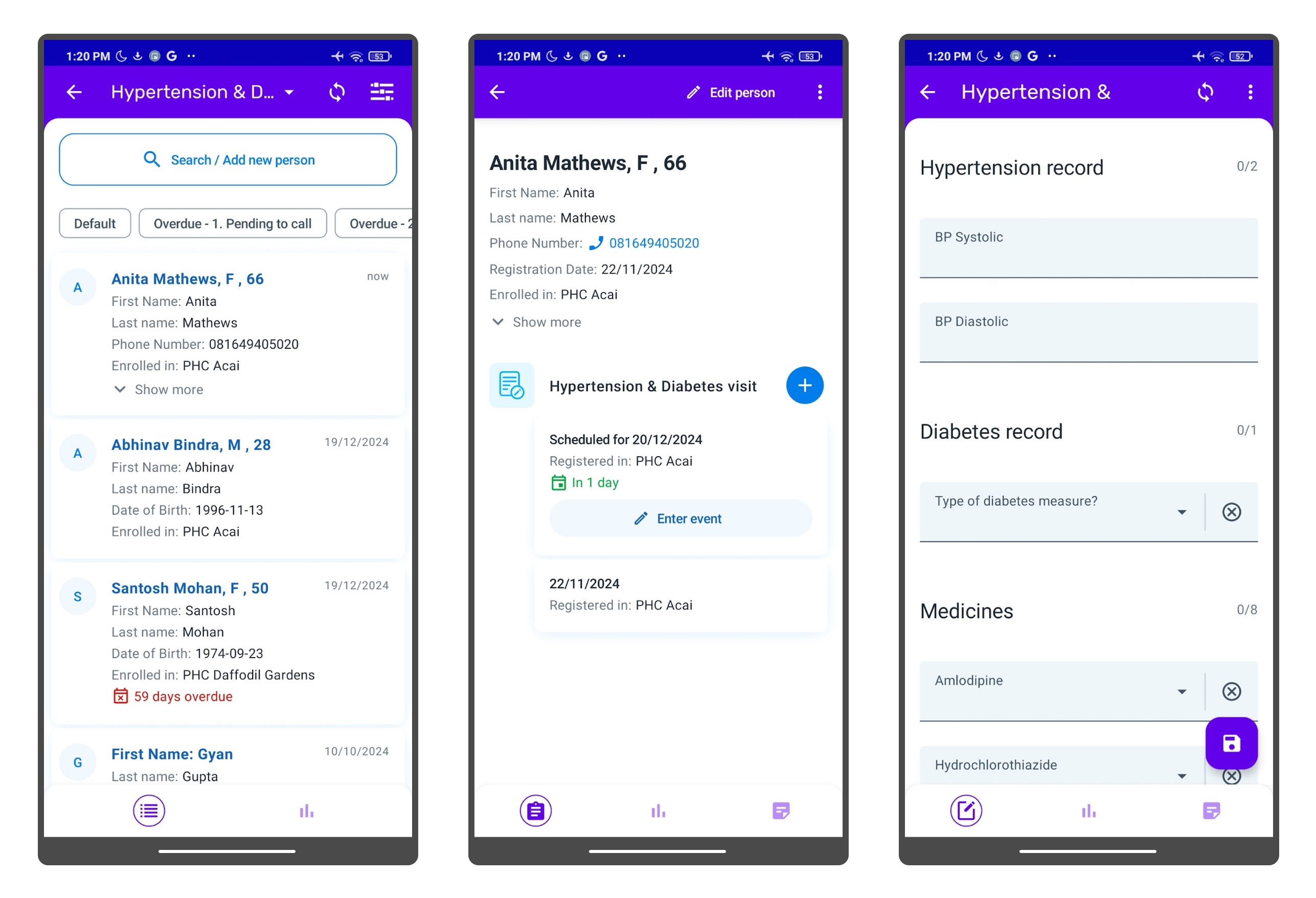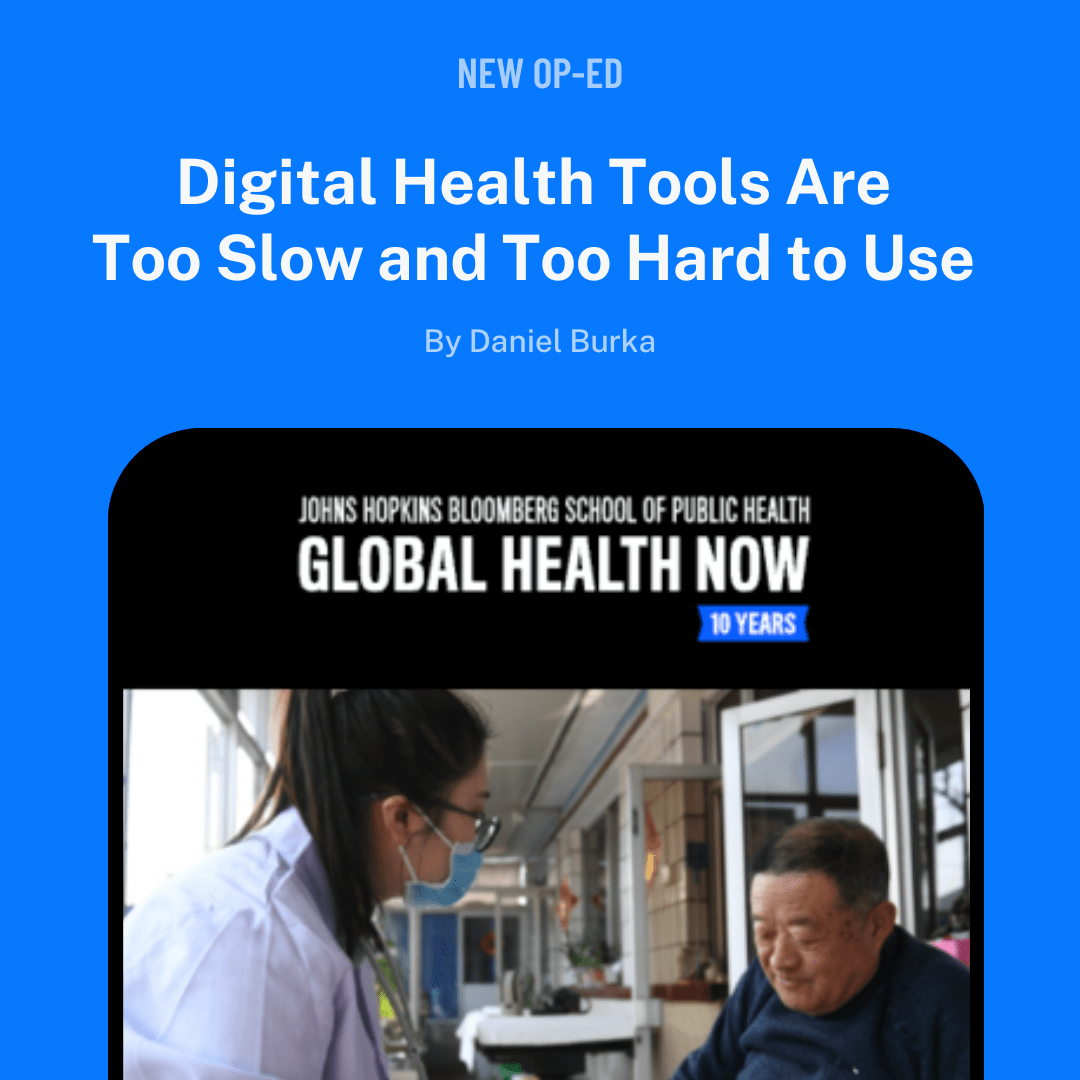How we save lives / Blood pressure control / It’s time to go digital
It’s time to go digital
A strong digital information system can mean the difference between a health program that fails and one that saves millions of lives.
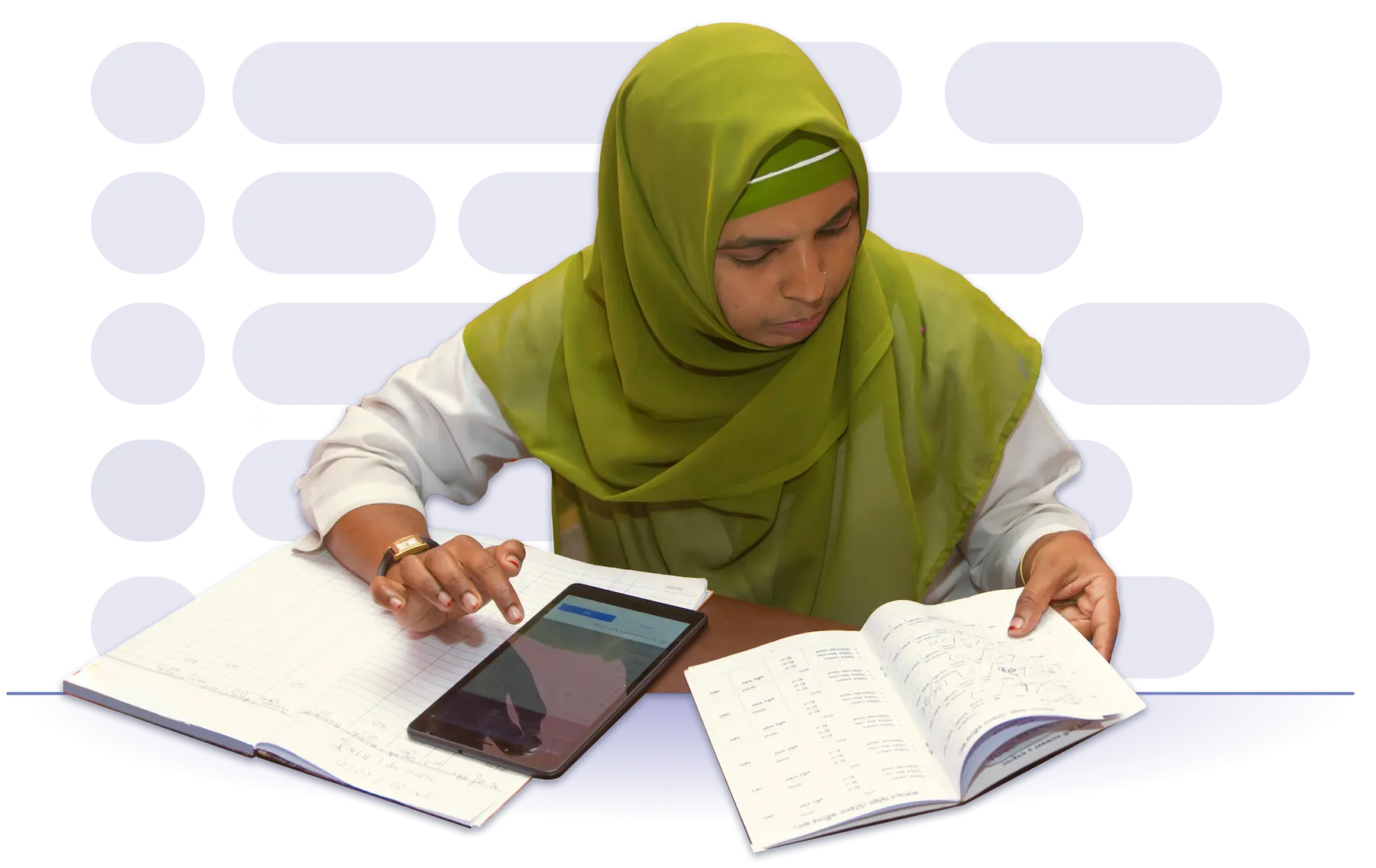
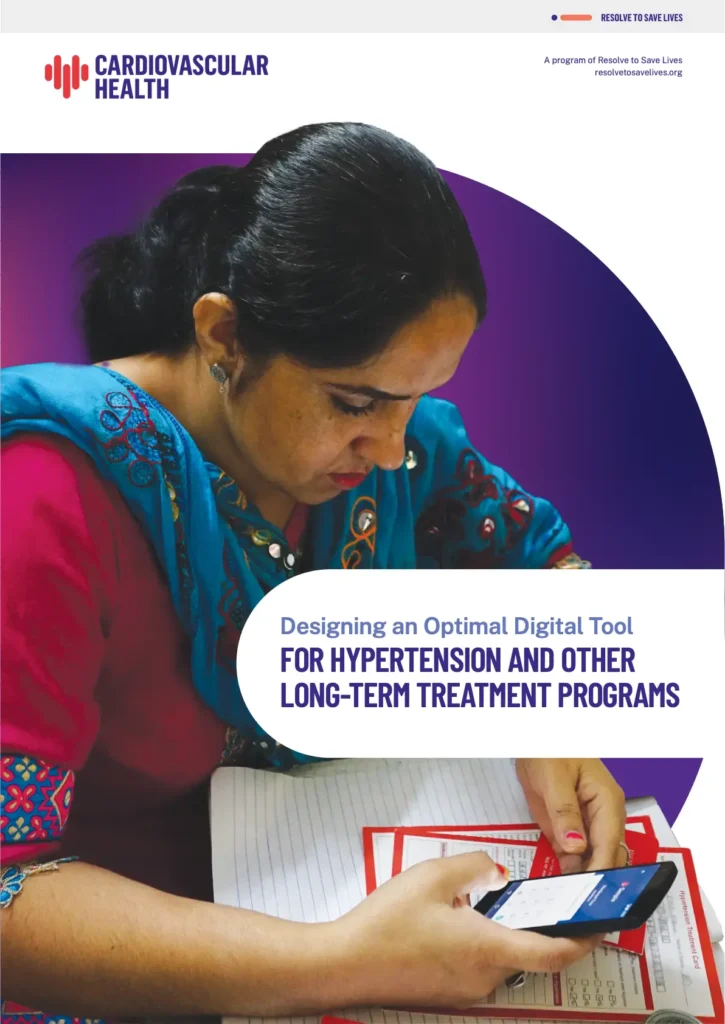
Design the best digital tool to support your hypertension (or other NCD) management program—with step-by-step guidance from the world’s leading experts.
Why go digital?

Dramatically reduce admin time

Retain more patients in care with automated follow-ups
Efficiently manage very large groups of patients
Maintain longitudinal patient records across facilities

Improve monitoring and program quality

Improve patient outcomes
Why most systems don’t work | What the best systems do |
| Designed for stakeholders, not users | Designed for health care workers |
| Ask for too much information | Minimal data entry |
| Too cumbersome | Fast and easy to use |
| Too complex | Simple dashboards focused only on key indicators |
The bottom line? Keep it simple.
- Design for the user, not the stakeholder
- Observe real-world clinical care
- Talk to users
- User-test your software
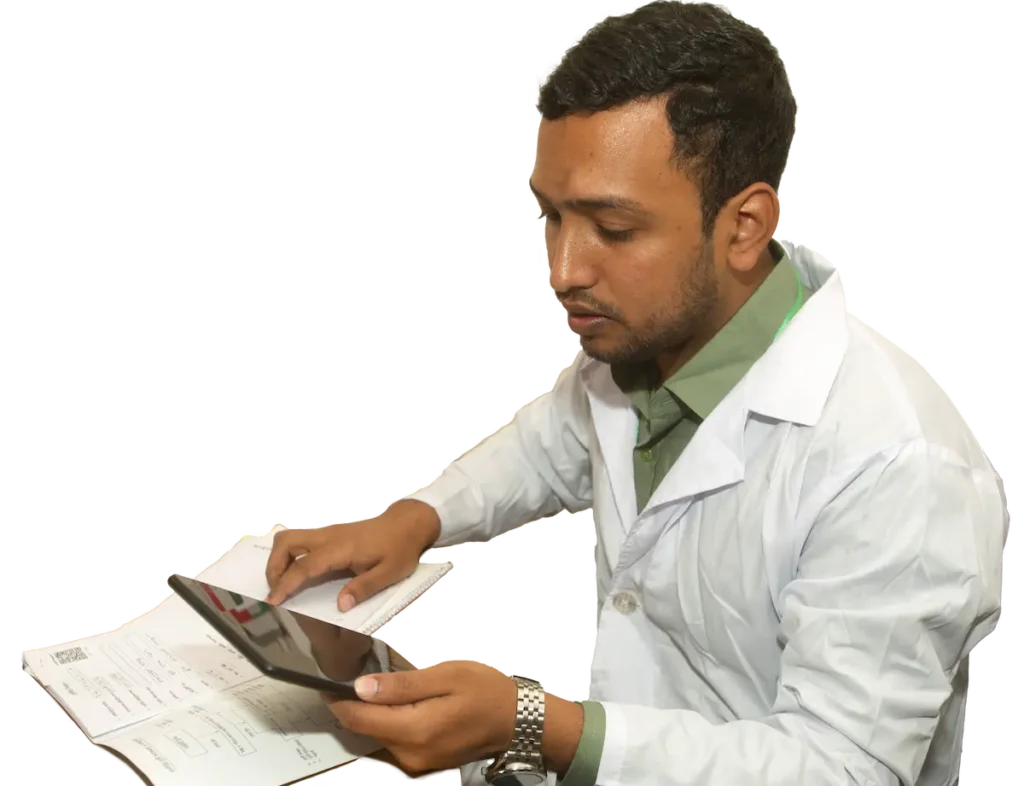
Digital tools done right: the story of the Simple App
What’s in the Playbook?
- Step-by-step guidance on how to design a user-centered digital tool that maximizes the effectiveness of an NCD management program
- Strategies based on Resolve to Save Lives’ years of experience creating user-centered tools—such as the Simple app—that are fast, easy-to-use and efficient
- Insights for program managers and medical staff to provide better care and save more lives

From the creators of the Simple app
Simple has helped health care workers manage 4 million patients and improve their blood pressure and blood sugar control dramatically.

Registering a new patient takes just 83 seconds, and recording a follow up visit takes less than 20 seconds.

